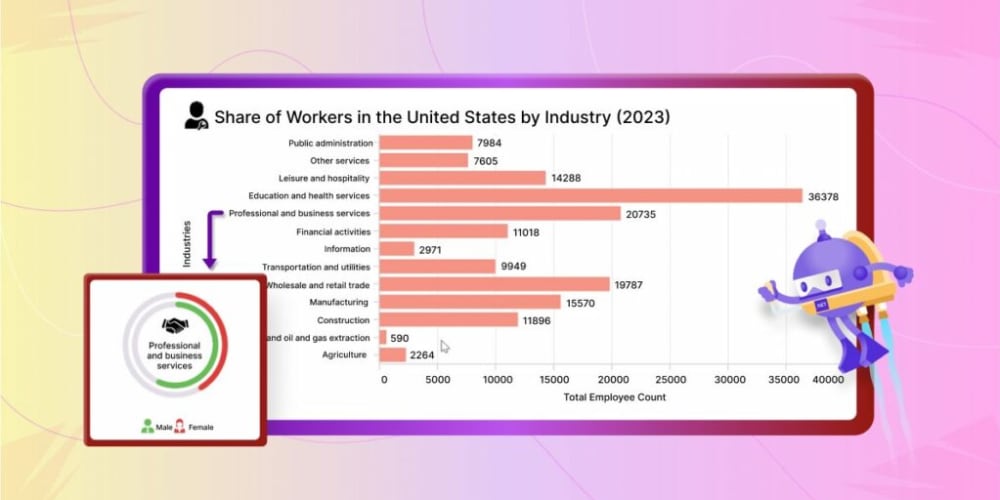React is one of the most popular JavaScript libraries for building user interfaces, and it's no wonder why. Its declarative approach, efficient rendering, and flexibility make it a favorite among developers. However, learning React can be daunting, especially for beginners. In this blog post, we'll outline the best ways to learn React, from the basics to advanced techniques.
1. Start with the Official Documentation
The official React documentation is a treasure trove of information. It includes comprehensive tutorials, examples, and helpful documentation. The "Learn React" section is a great place to start, as it progresses from basic to advanced concepts. If you learn best by doing, this is an excellent resource to begin with. You'll learn fundamental concepts like components, props, and state, and get a deep understanding of React's benefits.
2. Interactive Coding Platforms
Platforms like Codecademy and Scrimba are excellent for learning by doing. They offer coding exercises with instant feedback, allowing you to see if you're on the right track. Codecademy's Learn React course covers the basics of React, including how to create components, work with props and state, and leverage React hooks for enhanced functionality. The course is free to take, but there is a monthly subscription fee for full access to features.
3. Video Courses
Video courses can be incredibly helpful for visual learners. Websites like Egghead.io, Udemy, and even React's own website offer comprehensive courses that walk you through everything. These courses often include live examples and practical exercises, making it easier to understand complex concepts.
4. Hands-on Practice
Hands-on practice is crucial for mastering React. Start by building small projects, such as a simple blog or a tic-tac-toe game. The React tutorial on the official website is a great resource for this. It guides you through building an interactive tic-tac-toe game, teaching you fundamental techniques like components, props, and state.
5. Community Resources
The React community is vast and supportive. Websites like FreeCodeCamp, CSS-Tricks, and Smashing Magazine offer helpful guides and in-depth articles. Additionally, the React documentation itself is a valuable resource, providing detailed explanations of various concepts and techniques. Joining community forums or social media groups can also help you connect with other developers and get answers to your questions.
6. Sample Projects and Tutorials
Finding sample projects or tutorials that match your work style can be challenging. However, there are many resources available that provide structured lessons with practical examples. For instance, the YouTube video "Build and Deploy THE BEST Modern Blog App with React" provides a step-by-step guide to creating a modern blog app using React
7. Overcoming Common Challenges
Learning React can be frustrating, especially if you're new to JavaScript or ES6 conventions. Here are some common challenges and how to overcome them:
Investing Time: Learning any new technology requires dedication. Make sure you set aside time to focus on learning React without distractions.
ES6 Conventions: Understanding ES6 syntax is crucial for mastering React. Take the time to learn ES6 basics before diving into React.
State Management: Managing state in React can be tricky. Start with simple state management techniques and gradually move to more complex ones.
Conclusion
Learning React is a journey that requires patience, dedication, and practice. By starting with the official documentation, using interactive coding platforms, and engaging in hands-on practice, you'll be well on your way to becoming proficient in React. Don't forget to leverage community resources and overcome common challenges by investing time in learning the basics of ES6 and state management. With persistence and the right resources, you'll be able to build complex user interfaces efficiently and effectively using React.
Additional Tips
Join Online Communities: Participate in online communities like Reddit's r/learnreact or Stack Overflow to connect with other developers and get help when you need it.
Read Books: There are many excellent books on React, such as "React: Up & Running" by Stoyan Stefanov and "Fullstack React: The Complete Guide to React for Enterprise Applications" by Adam Freeman.
Take Courses: Consider taking courses on platforms like Udemy or Coursera to get structured lessons and certification.
By following these steps and tips, you'll be able to master React and start building amazing user interfaces in no time. Happy coding


















